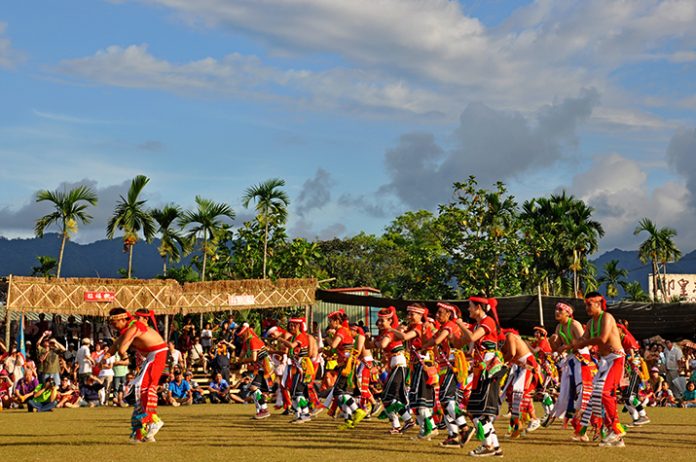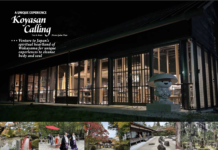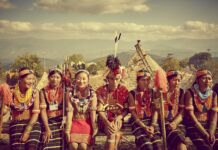The aboriginal dialect of the tiny island of Taiwan is the ancestor of one-fifth of the world’s languages, researchers say
Few will associate primarily Mandarin-speaking, Japanese-influenced Taiwan with the roots of vernaculars spoken by over 300 million people today. But based on archaeological excavations and modern linguistic analysis, researchers are increasingly attributing the small island nation as the proud birthplace of the over 1,200 languages forming the Austronesian language family, including Malay, Indonesian and Tagalog.
Related: Rituals of Remembrance
“Drawing on evidence from linguistic studies, leading scholars from around the world are convinced that the Austronesian-speaking peoples dispersed from Taiwan around 5,000 to 4,000 years ago, and that the island is the closest thing to an Austronesian homeland,” said prominent Austronesian linguist Paul Li in a 2011 interview with newspaper Taiwan Today.
Austronesian is one of the biggest language families on the planet, with speakers across Asia, the Pacific, and Africa. It is split into
two main branches: the Formosan languages and the Malayo-Polynesian languages.

The Formosan languages are spoken by the people of Formosa (Taiwan’s former name) and strongly resemble archaic Austronesian, which features words for things like rice, sugar cane, water buffalo, and canoes – matching Neolithic finds in Taiwan. Nine of the 10 Austronesian language branches are Formosan languages spoken exclusively in the mountainous state.
Related: The Future of Language
On the other hand, Malayo-Polynesian languages are spoken by peoples in Southeast Asia and Oceania – suggesting that their ancestors could have been early Taiwanese immigrants. This ties in with hypotheses by historians that as the Formosan population expanded, Austronesians emigrated southward, sailing as far as Madagascar, Hawaii and New Zealand.
Today, all the Formosan languages are vulnerable to extinction. The remaining speakers live mostly in East Taiwan, and more than half have migrated from their traditional villages to the cities.
Related: A World Away
For more stories and photographs from this issue, see Asian Geographic Issue 130, 2018











